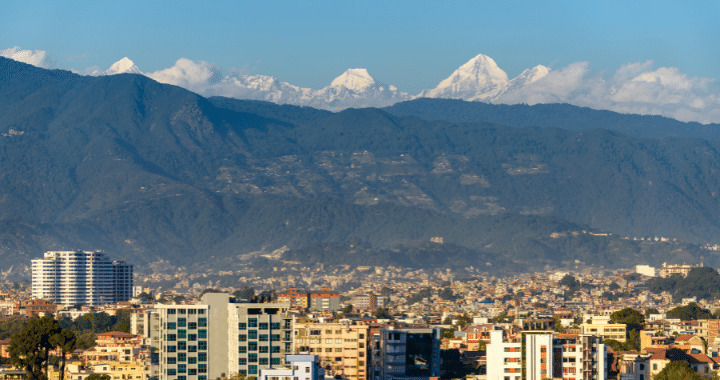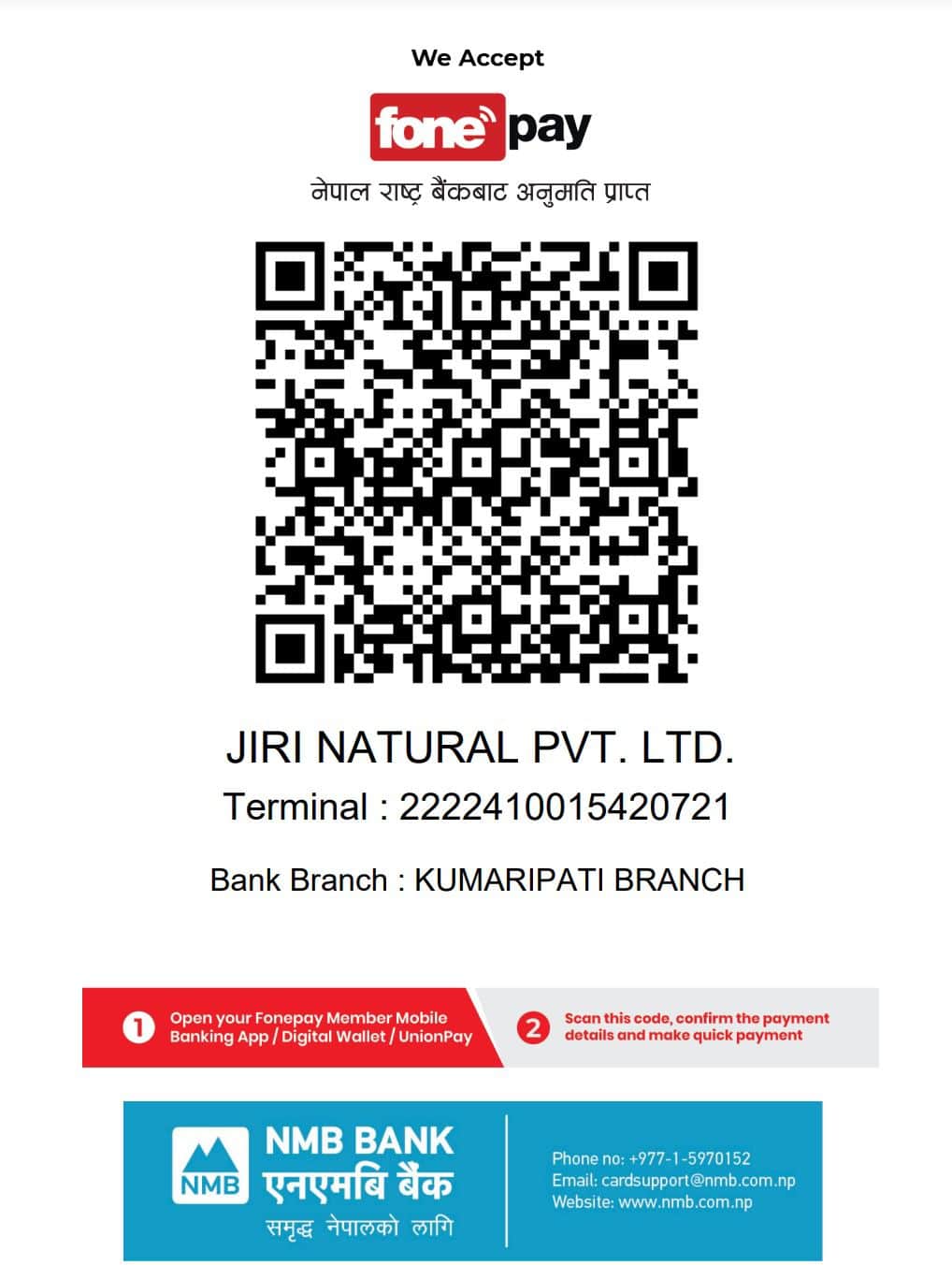How to Detox from Kathmandu Valley’s Air Pollution

Kathmandu Valley is known for its rich cultural heritage, but it’s no secret that its air pollution is a growing concern. The mix of vehicle emissions, construction dust, industrial pollutants, and geographical constraints makes the valley’s air quality among the worst in the world. If you’re living in or visiting Kathmandu, taking steps to detoxify your body and reduce the effects of pollution is crucial for your health.
1. Protect Yourself from Polluted Air
Wear a Mask
Invest in a high-quality mask like an N95 or N99, which can filter out fine particulate matter (PM2.5 and PM10). Avoid using basic cloth masks, as they offer limited protection.
Use an Air Purifier
If you’re indoors for extended periods, an air purifier can help reduce indoor air pollution. Look for one with a HEPA filter to capture fine particles effectively.
Green Your Indoor Space
Indoor plants like spider plants, peace lilies, and snake plants can naturally improve air quality by absorbing pollutants and releasing oxygen.
2. Cleanse Your Respiratory System
Steam Inhalation
Steam inhalation with a few drops of eucalyptus or peppermint oil can help clear out pollutants trapped in your nasal passages and lungs.
Salt Water Gargles
Rinse your throat with warm salt water daily to remove pollutants and reduce irritation caused by dust and smoke.
Practice Breathing Exercises
Deep breathing and pranayama can strengthen your lungs and improve oxygen intake. Techniques like Anulom Vilom and Kapalabhati help detoxify the respiratory system.
3. Focus on Detoxifying Your Body
Hydrate Well
Drinking plenty of water helps flush out toxins from your body. Herbal teas with detoxifying properties, such as green tea, ginger tea, or tulsi tea, are also beneficial.
Boost Antioxidant Intake
Pollution exposes your body to free radicals that can cause oxidative stress. Combat this by consuming foods rich in antioxidants, such as:
- Vitamin C (citrus fruits, amla, bell peppers)
- Vitamin E (almonds, sunflower seeds, spinach)
- Beta-carotene (carrots, sweet potatoes, mangoes)
Detoxifying Foods
Include natural detoxifiers in your diet, such as:
- Turmeric: Known for its anti-inflammatory properties.
- Garlic: Helps cleanse the blood.
- Beets: Detoxify the liver and improve circulation.
- Leafy Greens: Spinach and kale support the body’s detox systems.
4. Strengthen Your Immune System
Air pollution weakens your immune system over time. Bolster it with these tips:
- Consume Probiotics: Yogurt, kefir, and fermented foods help maintain gut health, which is crucial for overall immunity.
- Exercise Regularly: Light to moderate physical activity can improve lung function and strengthen immunity. Avoid exercising outdoors during peak pollution hours.
- Sleep Well: Quality sleep allows your body to repair and fight off toxins.
5. Monitor and Avoid Peak Pollution
Check Air Quality Levels
Use apps like AirVisual or local government websites to monitor air quality. Avoid outdoor activities when the Air Quality Index (AQI) is high.
Avoid Polluted Areas
Try to stay away from busy roads, construction sites, and industrial zones during peak hours, usually in the early morning and evening.
6. Detoxify Your Skin
Pollution can clog pores and damage your skin.
- Cleanse Daily: Use a gentle cleanser to remove dirt and toxins.
- Exfoliate: Once or twice a week, exfoliate to remove dead skin cells.
- Hydrate Your Skin: Apply a moisturizer with antioxidants to protect your skin barrier.
- Sunscreen: Wear sunscreen daily to protect against UV rays and pollution-induced oxidative stress.
7. Advocate for Change
While personal detox measures help, long-term solutions lie in reducing air pollution itself. Advocate for cleaner energy, stricter emission controls, and sustainable urban planning. Participate in local clean-air campaigns and encourage tree plantation drives to create a healthier environment for everyone.


